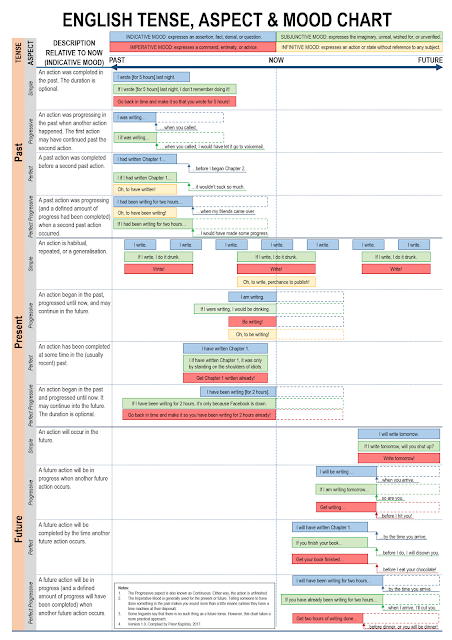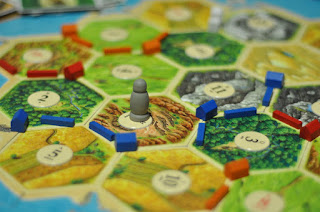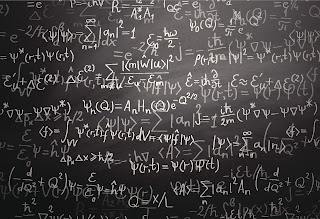Mixing Metaphors

After winning a bid at work recently, a company director congratulated me and my team for “working this one through to the keeper!” I don’t play a lot of sport, but even so I don’t know of any games where you want something to go to the keeper. This seemed like a good catalyst to write about mixed metaphors. Metaphors, visual imagery and idioms are important elements of fiction. Without them, we are stuck in the stark, white hospital room of completely literal descriptions. Wait… without them we are stuck in the stark, white place… we are stuck… without them our writing is very boring. But what happens when you drop two or more metaphors in close proximity? It’s inevitable that readers are going to combine them in their heads. This can have a variety of effects, both good and bad. As always, the important thing is whether the author gets the effect they were after. Incongruous Some mixed metaphors are just so incongruous, strange or contradictory that they make for a confusing...






